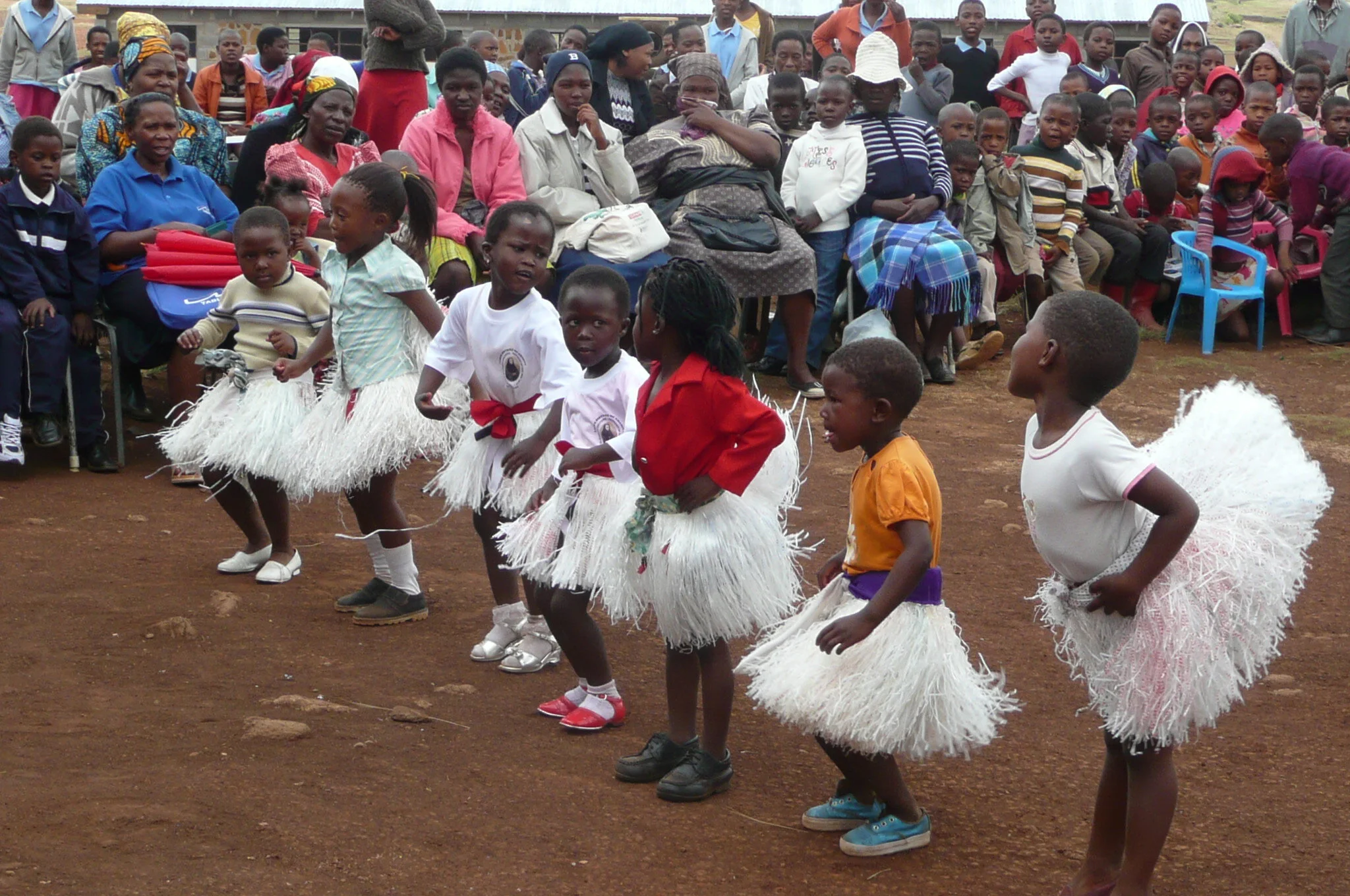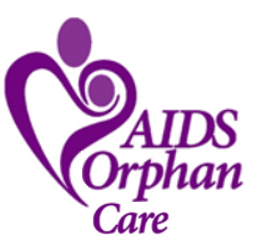
Founder’s Story
In 2008, I packed up my family and moved to Southern Africa for a year.
For many years before, I had been wondering what I could do to help in the HIV/AIDS pandemic. It sounds ridiculous, I know. 40 million people worldwide with HIV/AIDS—what could I do? But I have this annoying conscience that kept whispering, “Maybe you can’t do everything, but at least do something.”
I tried working in HIV research. I tried an HIV clinic in southeastern Massachusetts. But my conscience kept pushing me to help out at the epicenter, in Africa.
So we packed up and went to Lesotho, which has the 3rd highest HIV rate in the world. This little country of just 2.2 million people has more than a quarter of a million HIV-positive people. 12,000 HIV-positive children. 110,000 AIDS orphans.
I spent the year working at Tsepong HIV Clinic, an awe-inspiring place that registered its 10,000th patient while I was there. As a nurse midwife and HIV clinician, I took care of people of all ages, from newborn babies to elderly grandparents, and everyone in between. Pregnant women. Teenagers. Toddlers and their parents.
But often, too often, children came without parents. Ten-year-olds got themselves to the clinic. A 16-year-old brought his little sister. A tired granny carried in her orphaned grandchild.
And I started to wonder what else I could do to help.
Of course we were already helping, by giving the kids HIV care. The medicines were free and so were the visits. But the families had to get to the clinic. They had to borrow money from their food budget to travel by bus, or walk for many hours. If the child was coughing, they had to come up with $2 for a chest X-ray to begin TB treatment. If the child needed hospitalization, they had to pay.
At the same time, I was seeing orphans on the street. At the market, homeless boys would jostle each other to carry my groceries—hoping for a tip that would allow them to eat that day. An orphaned teenager approached us to ask for assistance with her school fees. And my children came home from school at least twice a month reporting that yet another child’s parent had died.
It would have been really depressing if I hadn’t met Rebecca. Rebecca and I worked together at Tsepong. An interpreter and a support staff member, Rebecca was the one everyone called when they needed extra help. When a child needed admission but had no one to stay with her, Rebecca would convince another mother on the pediatric ward to look after the new child. When a 10-year-old came by himself, she would make sure he got home safely. When a preschooler kept defaulting treatment, Rebecca would sit with the caregiver to sort out the problem.
All of which was inspiring enough. But Rebecca was also HIV-positive herself. A single mother of 3. And raising, together with her sister Paulina, 3 other orphans from their village. Not to mention the 2 others who lived with their disabled grandfather but came to stay with Rebecca every weekend, for respite. She sent them home on Sunday afternoons with food for the week and whatever clothing she could spare.
For awhile, until the money ran out, she and Paulina even ran a nightly feeding program for the 68 orphans in their village.
After meeting Rebecca, I realized that I didn’t have to figure out how to help the orphans. People in Lesotho already know how. They’re already doing it. But the need is so great that they can’t do it alone.
And that’s where we come in.
I’m back in the United States now, drinking water from the faucet without boiling it first. Feeling lucky to have heat in winter and plenty of food. Feeling lucky that, unlike people in Lesotho, I don’t have to worry about dying before my children grow up.
My time in Lesotho was supremely worthwhile. But I realize now that you don’t have to go to Africa to help people with HIV/AIDS. Or to make a difference for the orphans left behind.
To begin with, AIDS Orphan Care supported 3 orphan care projects in Lesotho. Peanut butter for malnourished HIV-positive children. A primary school founded especially for HIV-positive children and orphans. And Rebecca’s work with orphans in her community. Tragically, Rebecca died of HIV-related complications several years ago, but we have carried on her vision by continuing to work to feed and educate AIDS orphans and HIV-positive kids.
Since 2010, we have sent over $200,000 to Lesotho! This is money raised by regular people, often in $20 or $50 or $100 increments, who feel moved to do something to help. To show an orphan that, on the other side of the world, someone cares.
We are all volunteers and the office is my dining room table. That keeps overhead low so that the money we raise goes straight to providing free school breakfasts and lunches, warm clothing in winter, medicine and transportation to doctors visits, and a strong education.
Lesotho
The Country: The Kingdom of Lesotho is a high, mountainous country with cold winters and warm, wet summers. Slightly bigger than the state of Maryland, Lesotho is physically completely surrounded by South Africa. However, Lesotho has a separate history and government, and never suffered apartheid.
Population: Lesotho has just 2.2 million people, nearly half of them children. It’s the only country in Africa with just one ethnic group—99% of the population is Basotho. The homogeneous makeup of the country has allowed Lesotho to remain peaceful, avoiding much of the civil unrest that has plagued other African nations. 82% of the population lives in rural areas, most in villages of fewer than 250 people.
Food: Traditionally, women cook over an outdoor, stone fireplace. The staple food of Lesotho is papa, cornmeal porridge, served plain or with a vegetable sauce. On special occasions, a family may also eat eggs, beef or chicken.
Women’s Work: Nearly all Basotho families engage in subsistence farming, though only 11% of the land is arable. Women do most of the agriculture. They walk great distances to obtain firewood and carry water from the village pump for cooking, drinking, washing, and laundry. Clothing is scrubbed by hand and hung on bushes to dry. Girls begin training for women’s work as soon as they can carry a baby on their back.
Men’s Work: Cattle represent wealth in Lesotho. Men and boys care for the livestock. In the highlands, herd boys as young as 7 spend months away from home, pasturing their flocks in distant valleys. Many leave school, resulting in a lower literacy rate among Basotho boys than girls—a reversal of the pattern in most African countries. In addition, many Basotho men leave home to support their families. 35% of employed Basotho men work in South Africa, mainly in the mines.
Health: In recent years, HIV/AIDS has caused life expectancy to drop to 39 years. Lesotho has the 3rd highest HIV/AIDS rate in the world, with 1 in 4 adults HIV-positive. TB is another leading killer. Infant mortality is high, at 80 deaths per 1,000 live births. Lesotho has just 1 doctor for every 10,000 people. The government provides free HIV and TB care, but some patients must travel long distances for it. Doctors’ visits for other health problems cost about $2 apiece, beyond the means of many Basotho families.
Education: Primary education K-7th grade is free in Lesotho, but some children can’t afford the mandatory uniforms, books and other expenses. Classes are large (40-100+ students) and follow a national curriculum. Students must pass exams to move on to the next grade. Families pay tuition for secondary education, though orphans may be eligible for government subsidies. Lesotho has one national university and a number of technical schools for agriculture, nursing, computer studies, etc. The government pays university tuition for the top students nationally.
The Numbers:
Median age 21
Ave. children/family 3
Life expectancy 39
Adults with HIV 1 in 4
HIV+ people 270,000
HIV+ children 12,000
AIDS orphans 110,000
Orphans (any cause) 1 in 6
Arable land 11%
Days of sunshine 300 per year
Ready to help?
Volunteer
—
Donate



